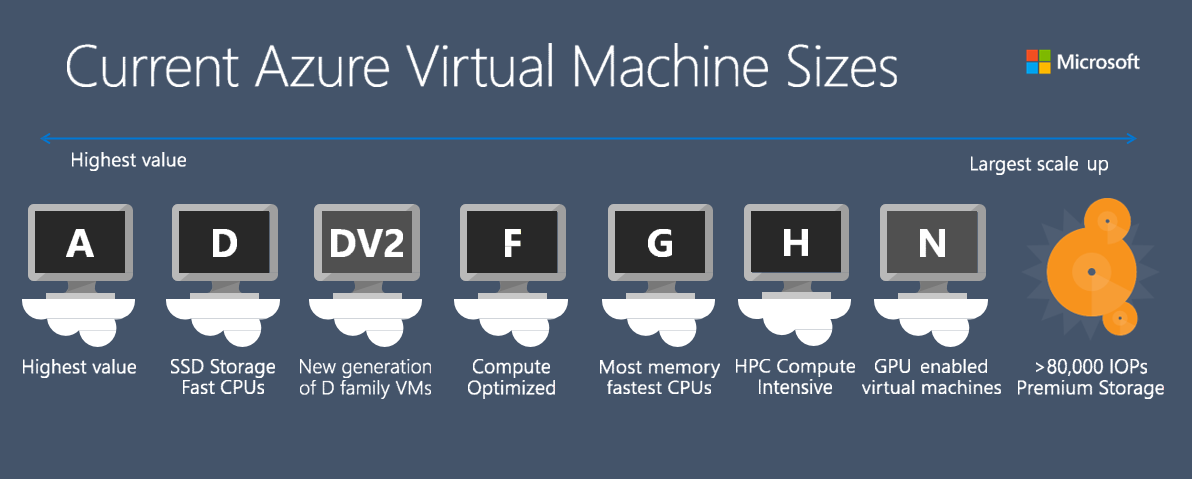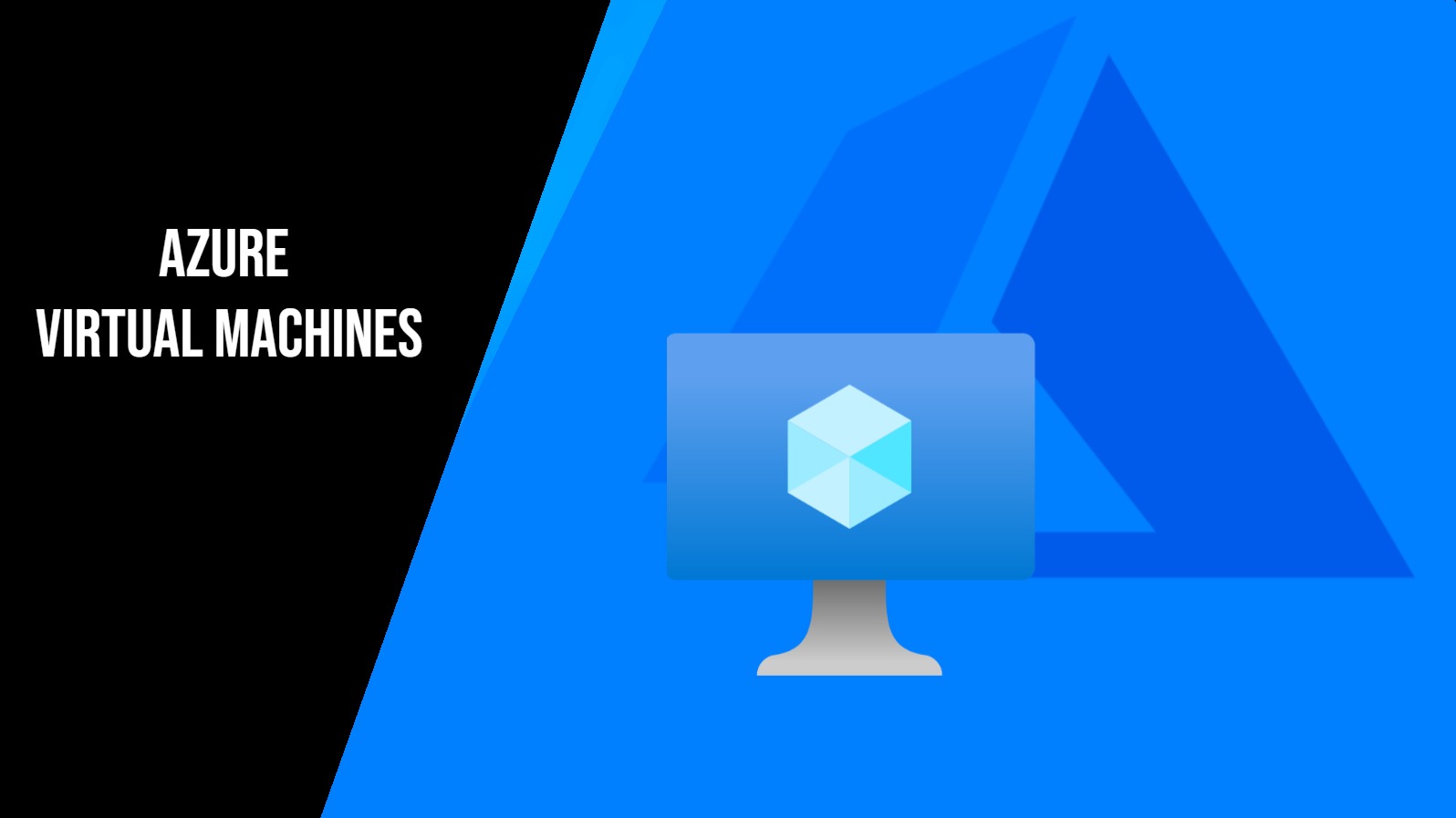Azure Virtual Machines Explained: Features, Use Cases, and Best Practices
Virtual Machines (VMs) are one of the core services in Microsoft Azure, enabling you to run applications, host workloads, and build development environments in the cloud. Azure Virtual Machines provide the flexibility of virtualization without the need to invest in and maintain physical hardware.
In this article, we’ll cover what Azure Virtual Machines are, their use cases, types, and the key concepts you need to know.
What Is an Azure Virtual Machine?

An Azure Virtual Machine is a scalable computing resource provided by Microsoft Azure that allows you to run operating systems and applications in a virtualized environment. They function like physical computers but exist in the cloud and are managed through Azure’s infrastructure.
VMs in Azure run on Azure’s global data centers and are provisioned on-demand. This means you can create, configure, and deploy a VM in minutes, with complete control over the OS, networking, and storage.
Key Use Cases
-
Application Hosting – Run web servers, application servers, or enterprise apps.
-
Development and Testing – Create isolated environments for building and testing software.
-
Backup and Disaster Recovery – Use VMs for quick recovery scenarios.
-
High-Performance Computing (HPC) – Run compute-intensive workloads.
-
Lift and Shift – Migrate on-premises workloads directly to the cloud.
VM Sizes and Types

-
Azure offers different VM series optimized for specific workloads:
-
General Purpose – Balanced CPU-to-memory ratio (e.g., B-series, Dv3-series).
-
Compute Optimized – Higher CPU-to-memory ratio for compute-heavy apps (e.g., F-series).
-
Memory Optimized – High memory for in-memory databases and large caches (e.g., E-series).
-
Storage Optimized – High disk throughput and IOPS (e.g., Lsv2-series).
-
GPU VMs – For rendering, AI, and machine learning workloads (e.g., NC-series, NV-series).
-
High Performance Compute (HPC) – For scientific simulations and big data (e.g., H-series).
Operating Systems
Azure VMs support a wide range of operating systems:

-
Windows Server (2012 R2, 2016, 2019, 2022)
-
Linux distributions such as Ubuntu, CentOS, Debian, Red Hat Enterprise Linux (RHEL), and SUSE
Pricing and Billing
Azure VMs follow a pay-as-you-go model. Costs are based on:
-
VM size and type.
-
Operating system (Windows VMs typically cost more due to licensing).
-
Storage type (Standard HDD, Standard SSD, Premium SSD).
-
Networking usage.
-
Running time (per-second billing for most VMs).
You can also reduce costs by:
-
Reserved Instances (commit for 1 or 3 years).
-
Spot VMs (low-cost unused capacity, suitable for non-critical workloads).
Availability and Resilience
Azure VMs support high availability and fault tolerance:
-
Availability Sets – Protect against hardware failures by distributing VMs across fault domains.
-
Availability Zones – Place VMs in separate data centers within a region.
-
VM Scale Sets – Automatically scale VM instances based on demand.
Management Options

Azure VMs can be managed through:
-
Azure Portal – Web-based graphical interface.
-
Azure CLI – Command-line tool for automation.
-
Azure PowerShell – Cmdlets for scripting and management.
-
ARM Templates / Bicep – Infrastructure as Code for consistent deployments.
Conclusion
Azure Virtual Machines provide a flexible, scalable, and cost-effective way to run workloads in the cloud. With a variety of sizes, operating systems, and deployment options, they can handle everything from small testing environments to large-scale enterprise applications. Understanding their features, pricing, and availability options will help you make the most of this powerful Azure service.
